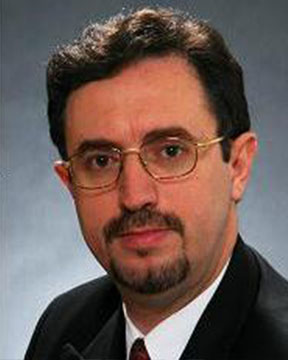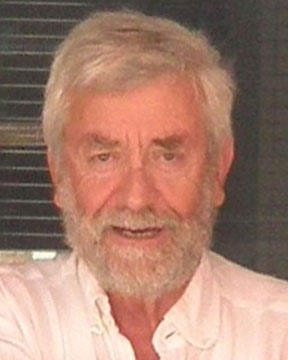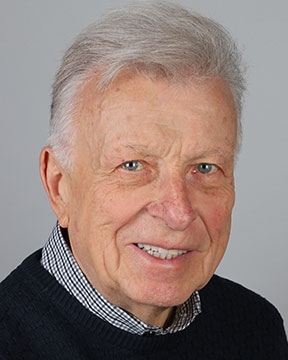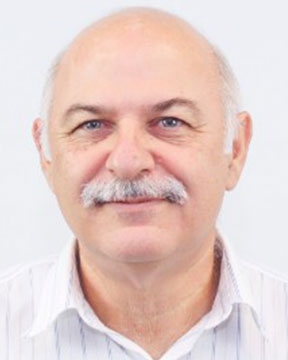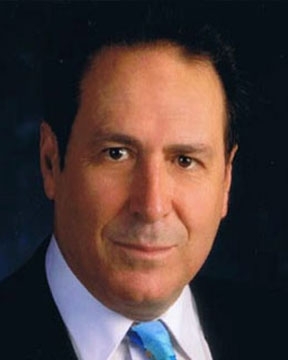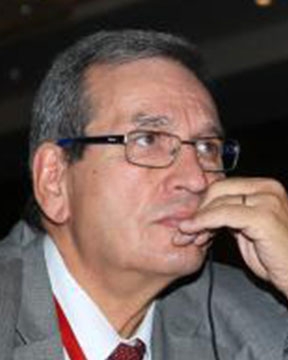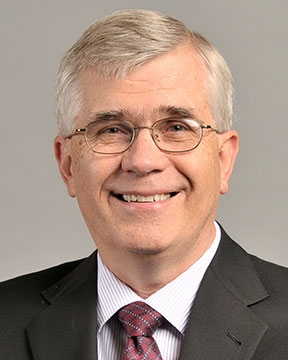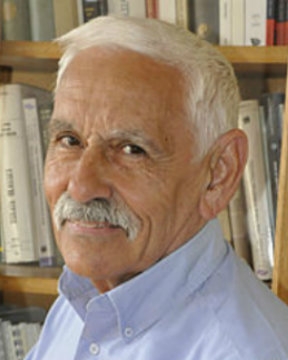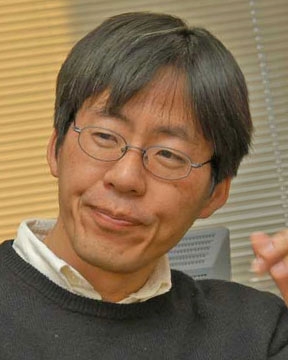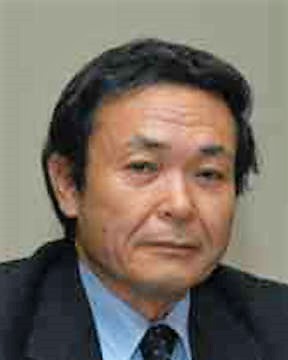



















Intl. Symp. on Solid State Chemistry for Applications and Sustainable Development

Bio | CV | Publications
This major symposium is in honor of the distinguished work and lifetime achievements of Prof. Alain Tressaud, a renowned figure in the field of solid state chemistry, fluorinated materials and materials sciences.
Prof. Alain Tressaud was educated at University of Bordeaux in Bordeaux, France, where he obtained his Doctorate in Physical Sciences in 1969. His international career began in 1972, when he worked as a NATO Fellow at the University of California, Berkeley under the mentorship of Prof. Neil Barlett. He subsequently became a senior research fellow at CNRS in 1976, and then Research Director, beginning in 1982 (Emeritus since 2009). Additionally, he has been an Invited Scientist at: University California, Berkeley (1982), Philipps Universität, Marburg (1982), Kyoto University (1986), Universidad La Laguna, Spain (1991), NPL, New Delhi, (1994), Aichi Institute Technology, Japan (2000). He was also Invited Professor at Kyoto Univ. during several months (2009) and Associate Scientist at Institute Jozef Stefan, Ljubljana, Slovenia since 1998. He has been fellow of the European Academy of Sciences, Belgium since 2007, where he served as its President in 2017-18. He is the Founder of CNRS French Network on Fluorine.
To date, Alain Tressaud has authored more than 360 papers in International Journals and 12 international patents. He has organized numerous international meetings, presented more than 65 invited lectures in international symposia, and more than 60 invited seminars in industrial or university centers. His accolades include the Grand prix CEA de l'Académie des Sciences (2008), "Award for creative work in fluorine chemistry", American Chemical Society (2011), and the Henri Moissan International award (2012).
Prof. Tressaud is member of the Academy of Sciences & Arts, (Austria), Société Française de Chimie (since 1974; Distinguished Member, 2015), American Chemical Society, Fluorine Division (since 1987), and Fluorine Group of the RSC (since 2002).
Among the many notable breakthroughs achieved by A. Tressaud, the highlights include:
Discovery of high or unusual oxidation states in d transition elements:
The isolation of very unusual oxidation states such as Ni3+, Cu3+, Co4+, Cu4+, Ir4+, Pd3+, were initiated during his post-doctoral stay in 1972 at University of California - Berkeley in Neil Bartlett's laboratory, and carried out during several decades in the scope of regular international cooperations, in particular with Japanese, German, American and Russian teams.
New series of ferrimagnets and ferromagnets: The discovery of these new families of compounds had a decisive impact on researches carried out by other classes of scientists because they provided :
- solid state physicists with experimental objects allowing them to test theoretical magnetic ordering models,
- crystallographers and solid state chemists with original architectures in which the constituting species could consist in layers, chains, trimers, tetramers, rings, etc.
Graphite intercalation compounds (GIC) and carbon - fluorine system: Most classes of pristine carbon materials were investigated (nano-graphene, natural graphite, HOPG, carbon blacks, carbon nano-wires and nano-tubes,…) and have allowed to assess the relationships between the nature of C-F bonding and the observed electronic conductivity. In the domain of energy storage, rf-plasma fluorination of carbon anodes have allowed increasing the performances in the capacity of Li-ion batteries.
Beside the discovery of new high-temperature superconductors obtained by intercalation of F-species, the relationships existing between the reactive species present in F2 atmosphere or in CF4 rf-plasmas and the characteristics of the final superconducting ceramics could be explained.
Improvement of surface properties of materials via low-temperature plasma fluorination: The drastic effect of surface modification using radio-frequency cold plasmas (room temperature) can be illustrated by switchable hydrophobic/hydrophilic surface properties allowing to efficiently use treated porous alumina in lithographic offset processes (Agfa-Gevaert patent, 2006).
In more recent years, the interests of Alain Tressaud's research team have also been focused on various mixed-anion compounds and nano-sized materials . Among the important achievements, we may point out:
- Synthesis of thermally stable Al and Fe oxy(hydroxyl)fluorides as catalysts for the synthesis of CFCs substitutes,
- Determination of the electronic transitions at the origin of absorption in the visible range for rare-earth (oxy-)fluorosulfides, and the use of these materials as red or yellow pigments (Rhodia patent, 1999),
- New series of oxyfluorinated UV absorbers for the protection of wood and various materials,
- Chemical storage and secured delivery of fluorine (Comurhex-Areva patent, 2006)
- Magnetism of new heteroleptic transition metal complexes based on 4d and 5d metals (Nature Commun., 2016)
- Relationships between the nature of C-F bonding in nano-carbons and nano-graphene and their electronic conductivity, in particular as electrodes in Li-batteries (Chem Com., 2018).
Besides the importance of the results obtained in solid-state chemistry at the fundamental level, numerous applications are concerned in varied applied fields: catalysis and fine chemistry / medical techniques and biomaterials / microelectronics / opto-electronics / nuclear industry / automotive / wood protection / energy storage, etc.
A special focus will be proposed on the applications of fluorides and fluorinated materials, and their involvement in sustainable development.
Examples will be drawn also from industrial developments -including the environmental impact of chemical processes-, from energy generation and storage (e.g., batteries and fuel cells), and from emerging technologies (e.g., photonic, micro-electronics and biomedical devices), illustrating the key role in enabling technologies that can offer promising solutions to achieve renewable and sustainable energy pathways for the future.
ROUND TABLE DISCUSSIONS
A round table discussion open to everyone interested will be organized at a specific date and time during the symposium. It will be a platform for high level representatives of various industries, technologies, and academic disciplines to freely discuss and debate all topics of this symposium, and identify positive and efficient pathways towards sustainability in industrial practices, technologies, and research.
You are cordially invited to actively participate in this symposium by submitting and presenting a paper, or by attending the round table. We look forward to meeting you at the Cyprus, October 2019.


